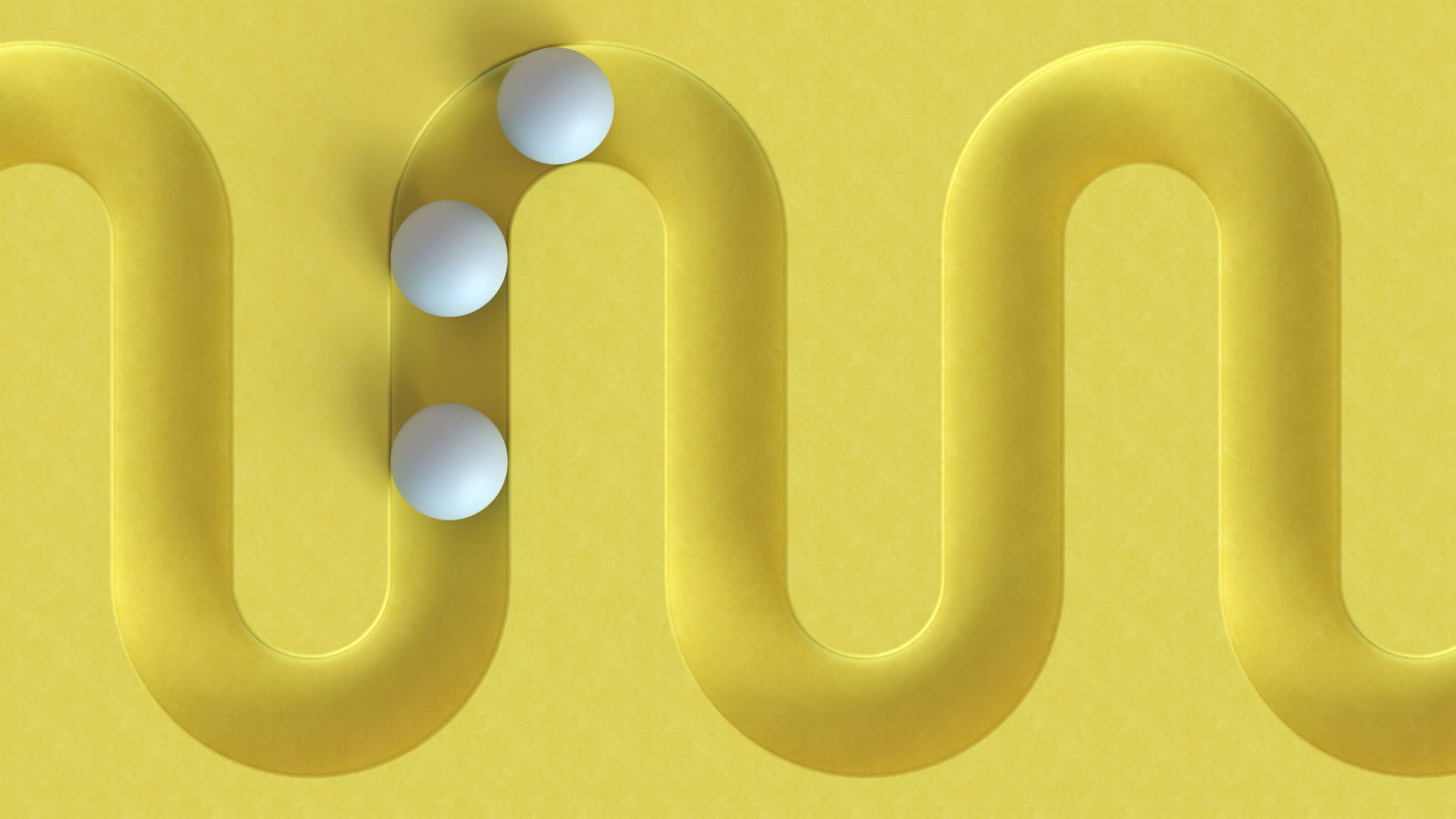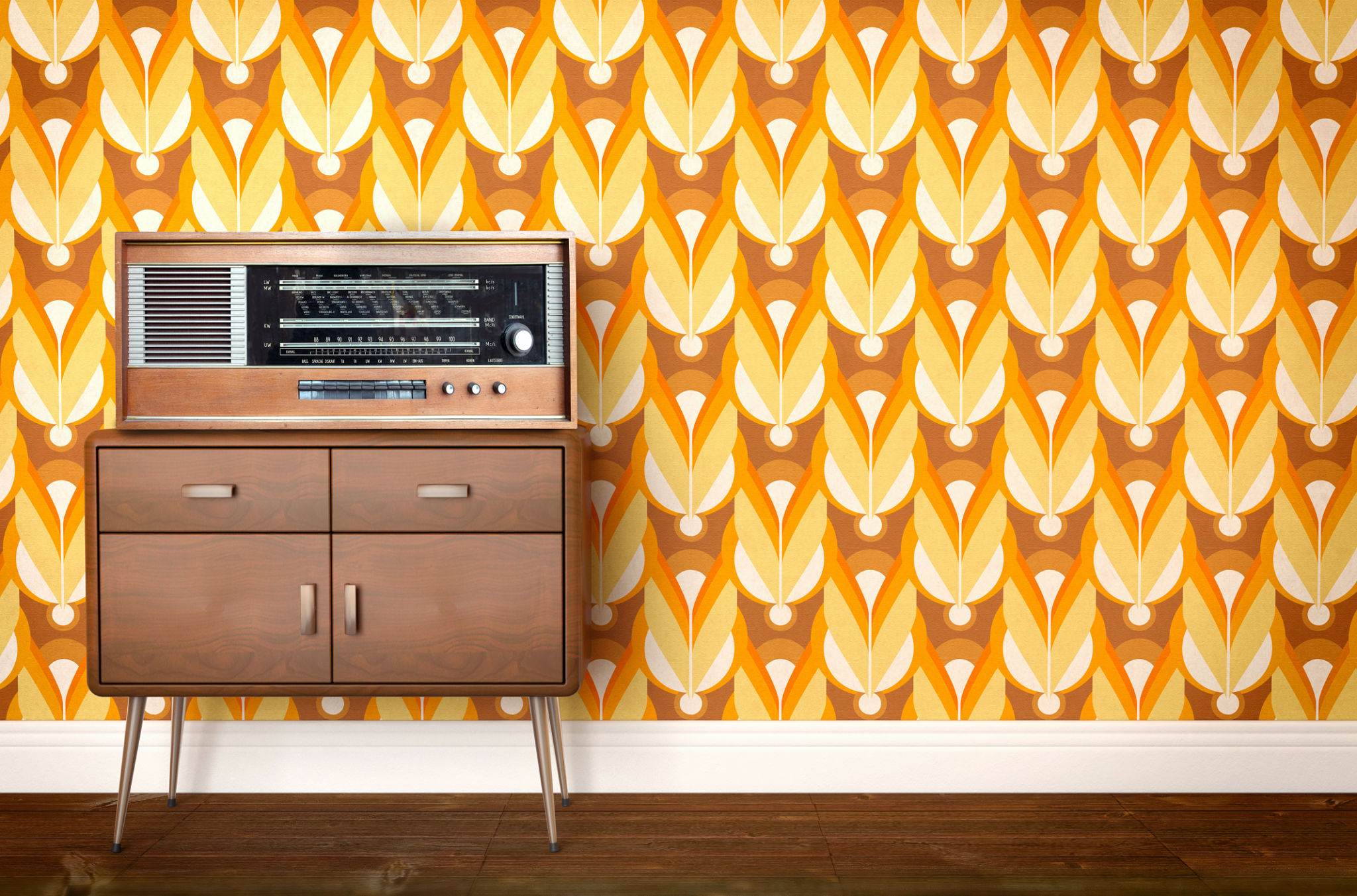Exploring the Latest Trends in Graphic Design
Introduction to Modern Graphic Design
The world of graphic design is ever-evolving, with trends that shift and change as quickly as the technology that supports them. Staying ahead of these trends is crucial for designers who want to keep their work fresh and relevant. In this post, we explore some of the latest trends in graphic design, offering insights into what’s shaping this creative industry today.

Minimalism: Less is More
One of the most enduring trends in graphic design is minimalism. This approach strips away unnecessary elements, focusing instead on simplicity and clarity. Minimalist designs often use a limited color palette and clean lines to create a sleek and modern look. This trend emphasizes functionality and readability, making it a favorite in both digital and print design.
Minimalism is not just about reducing visual clutter; it's about creating an impactful message with fewer elements. By prioritizing essential components, designers can communicate their ideas more effectively.
Bold Typography
Typography has always played a crucial role in graphic design, but recent trends have seen a shift towards bolder, more expressive fonts. Designers are experimenting with oversized text, unique typefaces, and creative layouts to grab attention and convey personality. This trend allows for greater creativity and personalization in design projects.

Using typography as a focal point can transform a simple design into something memorable. Designers are increasingly using custom typefaces or modifying existing fonts to create distinctive visual identities.
3D Design and Motion Graphics
With advancements in technology, 3D design and motion graphics have become more accessible and popular. These elements add depth and dynamism to designs, capturing viewers' interest with their immersive qualities. From animated logos to interactive websites, motion graphics are being used to enhance user experience and storytelling.
3D design brings a new dimension to traditional graphics, allowing for more realistic and visually engaging compositions. This trend is particularly prominent in advertising, video content, and digital media.

Sustainable Design Practices
As awareness of environmental issues grows, sustainable design practices are becoming increasingly important in the graphic design industry. Designers are focusing on eco-friendly materials, sustainable production methods, and green technologies to reduce their carbon footprint. This trend reflects a broader commitment to social responsibility within the creative community.
Sustainable design might involve choosing recycled paper for print projects or optimizing digital designs to reduce energy consumption. By embracing sustainability, designers can make a positive impact on the environment while still creating compelling visuals.
Retro and Nostalgia-Inspired Designs
The allure of nostalgia continues to influence graphic design, with retro-inspired aesthetics making a strong comeback. Designers are drawing inspiration from past decades, incorporating vintage color schemes, classic typography, and old-school imagery into their work. This trend resonates with audiences by evoking memories and emotions associated with simpler times.

Nostalgia-driven designs often blend historical elements with modern techniques, creating a unique fusion that appeals to both older and younger generations. This approach can be particularly effective in branding and marketing campaigns that aim to connect on an emotional level.
Conclusion
Graphic design trends are constantly evolving, driven by technological advancements and cultural shifts. By staying informed about these trends, designers can continue to innovate and create visually compelling work that resonates with their audience. Whether embracing minimalism or experimenting with new technologies, the future of graphic design promises exciting possibilities.
